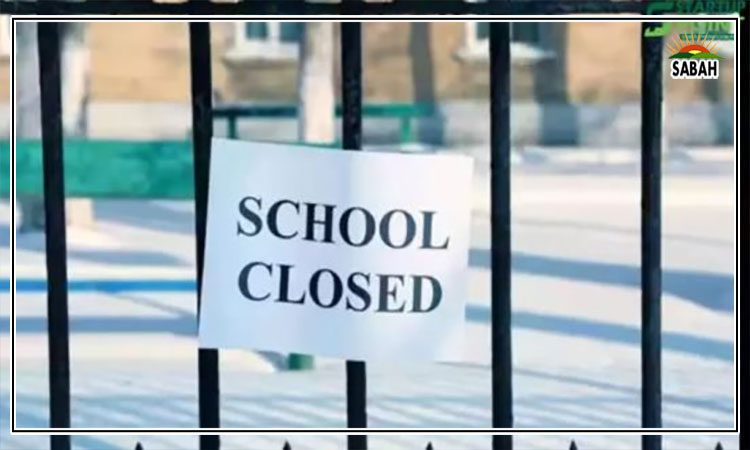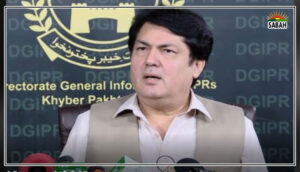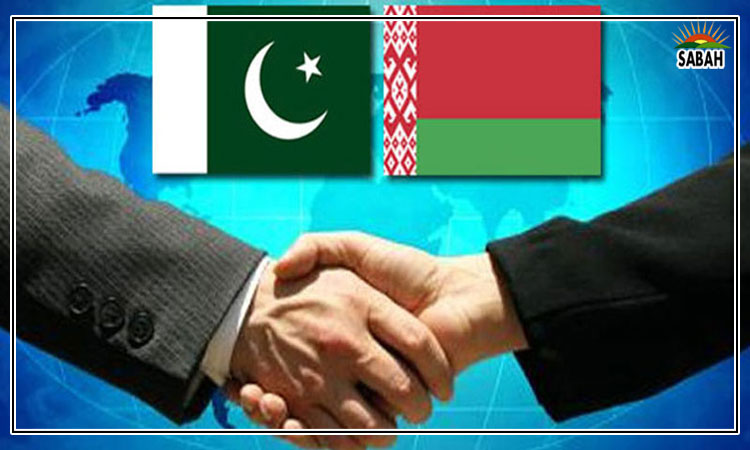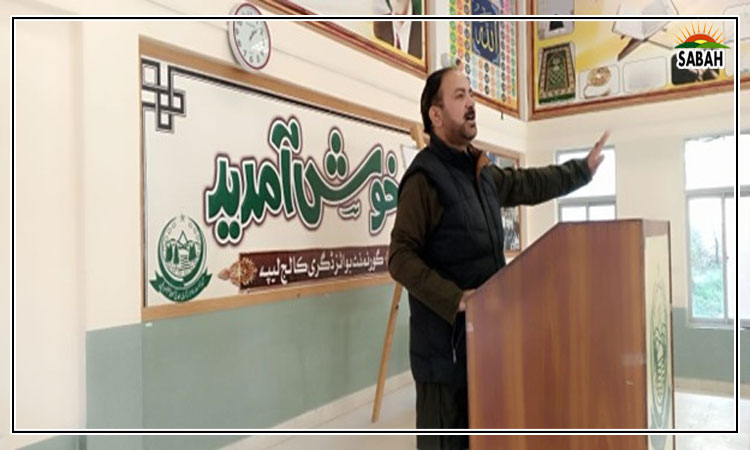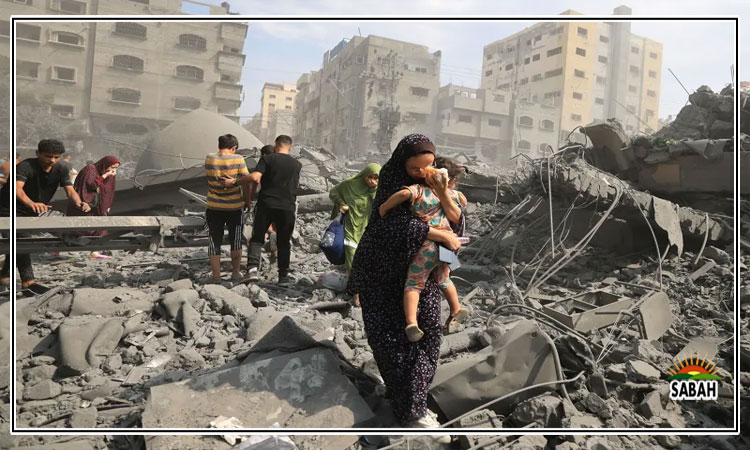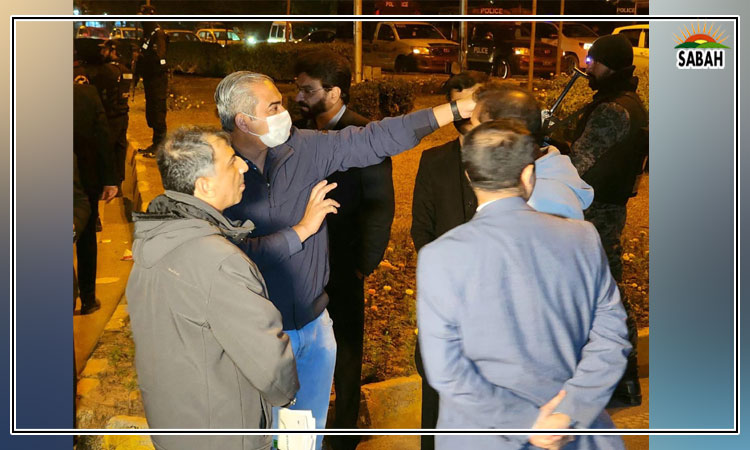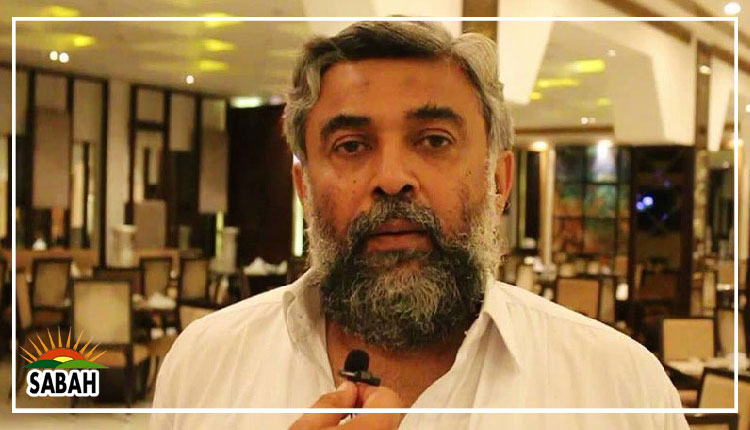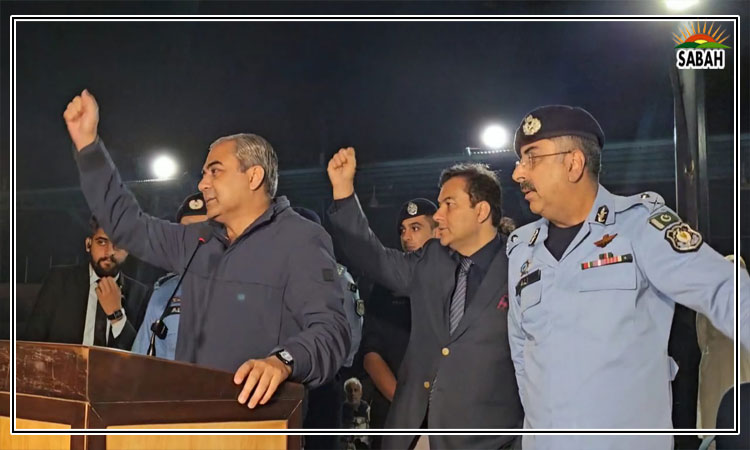An ever-evolving terrorism threat… Shaukat Javed
The US withdrawal from Afghanistan in August 2021 has led to a surge in terrorism in Pakistan. Nothing is safe from terror attacks cantonments, airbases, police lines, counterterrorism department centres, police stations, army, paramilitary and police posts, toll plazas, polio vaccination teams, political leaders and their rallies, and the list goes on.
Convoys and vehicles of law-enforcement agencies (LEAs) are attacked by improvised explosive devices (IEDs) every other day. Apart from this, during the past few months, around a dozen of the most wanted terrorists on Indias list have also been eliminated in Pakistan by unknown gunmen, which Pakistan attributed to the doing of Indian agents using a network of local assailants.
Terrorism in its present shape started after the incidents of 9/11, prior to that we faced sectarian incidents and occasional acts of terrorism by militant groups. After the advent of the war on terror in Afghanistan in which Pakistan became an active partner, the country saw a spike in blasts, suicide attacks and IED attacks. The year 2009 was the worst year when more than 2,000 terrorist attacks took place. Ever since there has been a consistent and significant decline in terror incidents, and during the 2009-2020 period such attacks decreased by almost 90 per cent.
A reversal in the trend was witnessed in 2021. In 2023, the number of terror incidents increased to an alarming figure of more than 1,500, including 28 suicide attacks. On average, four terrorism incidents occurred every day resulting in an average of 77 martyrdoms of military and police personnel and civilians every month. Khyber Pakhtunkhwa (KP) was the worst affected province, facing 57 per cent of the total incidents. Balochistan witnessed 41 per cent of such incidents. In 2023, 48 per cent more terrorist incidents took place, resulting in a 51 per cent increase in the number of martyrs when compared with 2022, according to the National Counter Terrorism Authority (Nacta).
In KP, one contributory factor of this surge is believed to be the freedom of movement of TTP leadership in Afghanistan. In the past, most TTP leaders were killed by US drone strikes. Under the rule of the interim government of the Afghan Taliban, they have no fear and are moving about in the open without any threat. Apart from the TTP, the Islamic State of Khorasan Province (ISKP) is another terrorist outfit operating in KP. While the TTP targets LEAs, the ISKP targets political leaders/rallies and persons belonging to the Shia sect.
In Balochistan, separatist militant organizations have changed their tactics. In the last three years, they have used IEDs and mines to restrict the movement of LEAs. The ISKP has also reportedly forged an alliance with a sectarian organization Lashkar-e-Jhangvi and is involved in terrorist acts in Balochistan, Karachi and rural Sindh. This surge has eroded the sense of security in people in general and in the business community in particular.
The states response to this precarious situation is lopsided. The first national internal security policy (NISP) was formulated in 2014 to address critical security issues and concerns with an institutionalized response through Nacta. The policy was in the launching stage when an attack on Jinnah International Airport Karachi took place; it was claimed by the TTP and the Islamic Movement of Uzbekistan (IMU). A military operation, Zarb-e-Azb, was thus launched in North Waziristan along the Pak-Afghan border with the aim to evacuate locals and then decimate militants.
This operation displaced about a million people from North Waziristan. Amid the operation, a gory act of terrorism occurred in Army Public School Peshawar, taking the lives of 150 persons including 134 children. This deadly terror attack demanded a focused, measurable and time-restricted response on the national level.
For that purpose, a 20-point National Action Plan (NAP) was carved out of the NISP. The plan briefly outlined the goals to eradicate terrorism from the country. The successful Operation Zarb-e-Azb, the convictions of terrorists through military courts, and the lifting of the moratorium on death penalties led to reasonable success in effectively dealing with the terrorist threat in the short term. Terrorist activities saw a major decline, and around 200 attacks were reported in 2020. This effectiveness could not be sustained after the interim Afghan government came into power.
In his interview with Shuja Nawaz of the Centre for Governance Research, former Nacta chief Tariq Parvez said, While we got the short-term objectives right in countering terrorism, we erred in terms of formulating long-term policies and responses to the terrorist threat. For long-term solutions to succeed you should let the civilian institutions, whose role it is to counter terrorism, play their role. Till then the counterterrorism effort was primarily military-led with the civilian institutions playing second fiddle. That was one weak area in our response. The second weak area was that our entire focus was on kinetic actions while the non-dynamic part the ideological part and the part that deals with the factors that breed terrorism was ignored.
The National Action Plan (NAP) was revised in 2021 separating kinetic and non-kinetic domains. The former contained five points while the latter had 14 points. All the kinetic measures were largely achieved while much action is required in the non-kinetic domain. Our response after every incident of terrorism is knee-jerk. We repeat the same hollow slogan of our resolve to quell the menace with joint concerted effort without any holistic plan. We seem to be content by burying our martyrs with honour and by giving their families a good shuhada package.
The first step required in the non-kinetic domain is to develop a proper counter-narrative in response to terrorists narratives. Nacta has developed a good national narrative available on its website, but it is primarily based on the Paigham-e-Pakistan fatwa issued in 2018 and signed by 1,800 religious scholars belonging to all Muslim sects in Pakistan. This decree is ratified only by the religious elite, disregarding ethnic, socio-economic and political marginalization, leading to violent extremism.
The newly merged districts of Fata which were a stronghold of terrorists lacked in establishing a proper administrative, police and judicial system. Insufficient investments in developing infrastructure, provision of education and health facilities, rehabilitation of displaced population and removal of restrictions on the free movement of locals provoked frustration among people, especially the youth, in these areas where poverty is double than in the rest of Pakistan.
The rise of the PTM, a nonviolent protest movement is the result of this frustration. Instead of meaningful engagement with the PTM, authorities wrongly presented them as a threat even though two of its leaders were elected to the National Assembly in the 2018 elections. This short-sighted policy needs an immediate overhaul.
It is also important to consider the fact that no-go areas in the shape of the provincially administered tribal area (PATA) in District Malakand in Khyber Pakhtunkhwa (KP), B Areas in Balochistan, and illegal tribal areas in District DG Khan and Punjabs Rajanpur are providing safe havens to terrorists and criminal gangs. The merger of these areas will dismantle these safe havens and demoralize the terrorists.
We should also stop playing with non-state actors. It is time to say goodbye to proxies; the policy of good and bad Taliban has not worked. This policy tool should be shunned. All counterterrorism actions should be based on credible data developed through research by academics hired for the purpose of security-related issues.
The issue of refugees should be dealt with under international law and practices. Nacta claims that a majority of suicide attacks during 2023 were carried out by Afghan nationals who illegally crossed the borders. Thus, after sending back illegal refugees, the remaining ones should be granted refugee status and be confined to refugee camps as was done by Iran.
All federations in the world have federal counterterrorism police organizations, but there is no such department in Pakistan. The Anti-Terrorism Act, 1997 is a federal law with delegated powers to the provinces. A federal police organization dealing exclusively with terrorism cases must be established at the earliest.
To effectively control terrorism and crime, the revamping of the whole criminal justice system must be undertaken as a priority. A police reforms committee consisting of retired and serving IGPs formed under the Pakistan Law and Justice Commission submitted its comprehensive report in February 2019, which is eating dust with the federal and provincial governments. Its implementation coupled with the capacity building of the police be undertaken without delay.
There is no central oversight body for the coordination and implementation of various policy layers. Nacta was formed to do this job, but neither its capacity was built, nor was it given due importance by successive governments.
One of the weak areas of response nowadays is the state of Pakistan itself, which is in a weak position compared with 2020. Today, we have political instability and an economic meltdown, and our present efforts to counter terrorism and violent extremism are far from satisfactory.
The disillusioned youth, especially in KP and Balochistan, is drawn towards militant organizations out of frustration. Only a stable representative government elected through a fair electoral process can meet this tall order.
Courtesy The News



